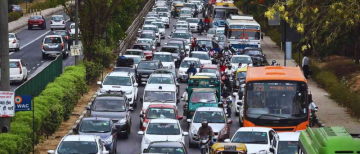Mumbai, India’s financial capital and economic powerhouse, has earned a grim reputation—not for its prosperity, but for its perennial flood disasters. Every monsoon season, this bustling metropolis becomes crippled by deluge, waterlogging, and chaos. Streets turn into rivers, railway lines disappear under water, flights are diverted, and millions of Mumbaikars—residents of Mumbai—are left stranded, frustrated, and soaked. Despite over a century of warnings, repeated catastrophic floods, enormous loss of life, and billions spent on mitigation efforts, the city’s record of flood management remains abysmal—an outrage largely traceable to systemic government failures, inertia, corruption, and outright neglect.
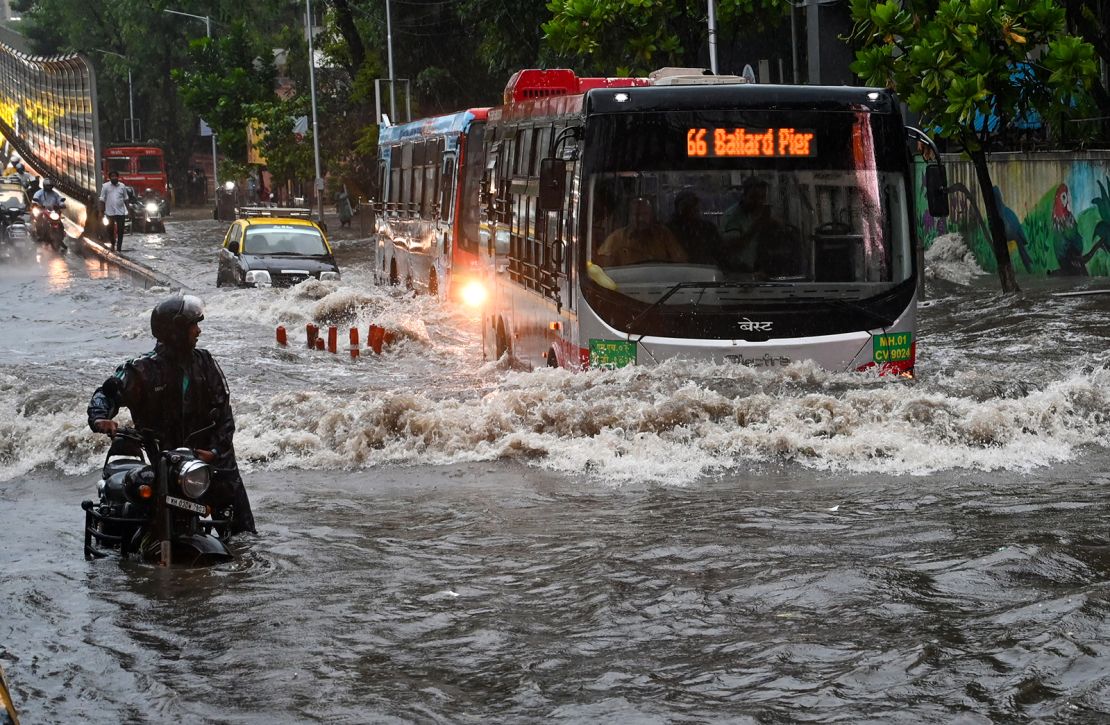
Geography Is Not an Excuse, But the Government Treats It Like One
Yes, Mumbai is geographically vulnerable. It is a narrow peninsula surrounded by the Arabian Sea, with low-lying coastal areas and rivers that swell during the monsoon months. But these physical realities do not absolve the government from its primary responsibility: to protect citizens with good urban planning, infrastructure investment, and disaster preparedness.
Tragically, successive governments have treated Mumbai’s chronic floods as inevitable or beyond their control. The recurrent official narrative that “it’s the city’s geography” or “climate change” serves as a convenient excuse to avoid accountability for gross maladministration and corruption. The city is not flooding because of nature alone— it’s drowning because of manmade failures rooted in political apathy and vested interests.
The 2005 Floods: A Horrible Wake-Up Call Ignored
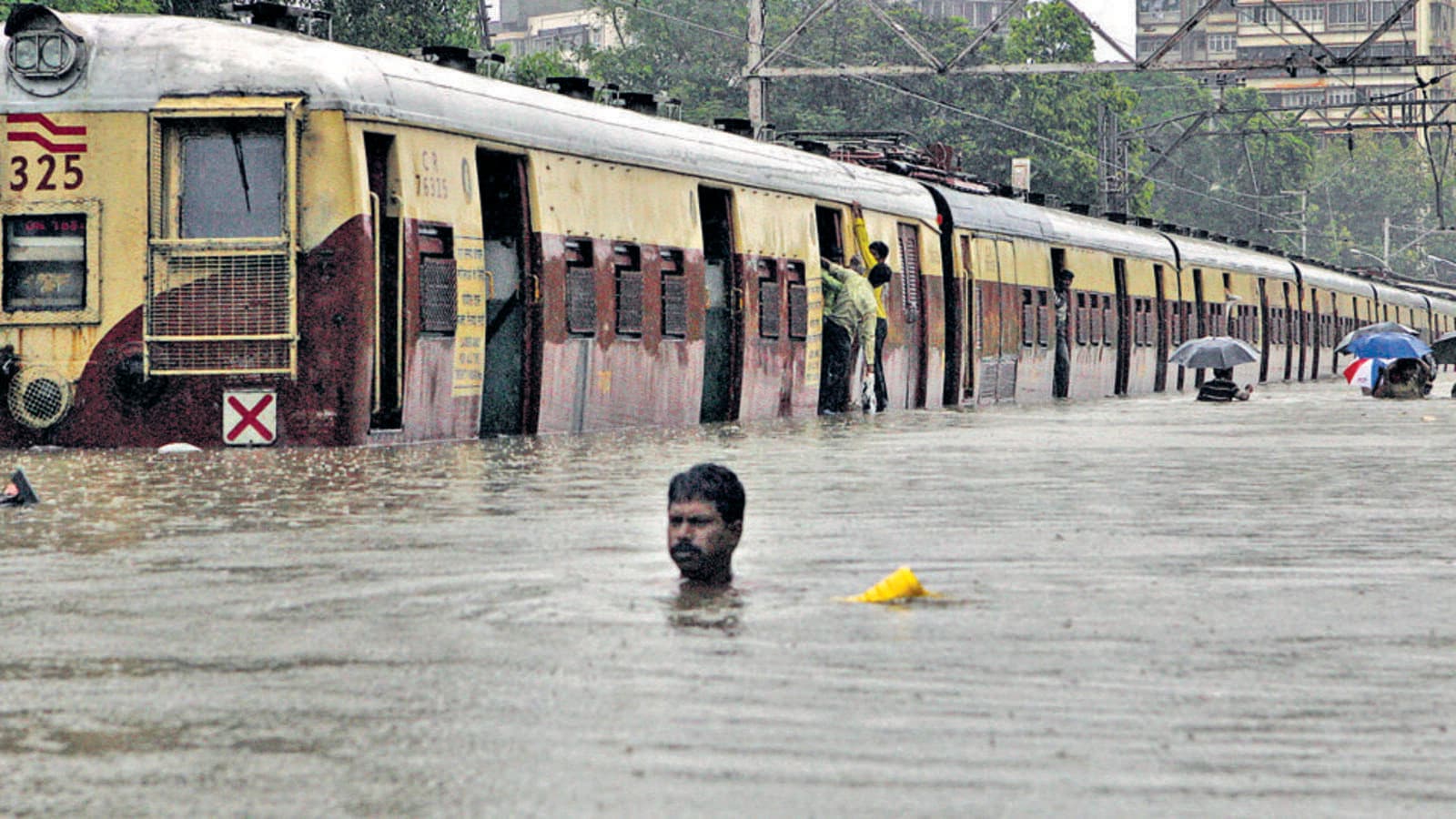
The devastating 2005 floods were one of the worst to hit Mumbai in recent history. Nearly 1,000 people lost their lives and large parts of the city were submerged underwater for days. This natural calamity exposed serious weaknesses in drainage capacity, floodplain management, and urban governance.
Yet, despite this tragic wake-up call, the government’s response was superficial at best. No serious overhaul of the city’s drainage or river systems took place. No effective flood control strategies were implemented. Instead, promises were made, budgets allocated, and projects announced — only to be delayed, diluted, or derailed by corruption and bureaucratic lethargy. The city remained vulnerable and prone to similar disasters.
Infrastructure Corruption and Neglect Continue Unabated
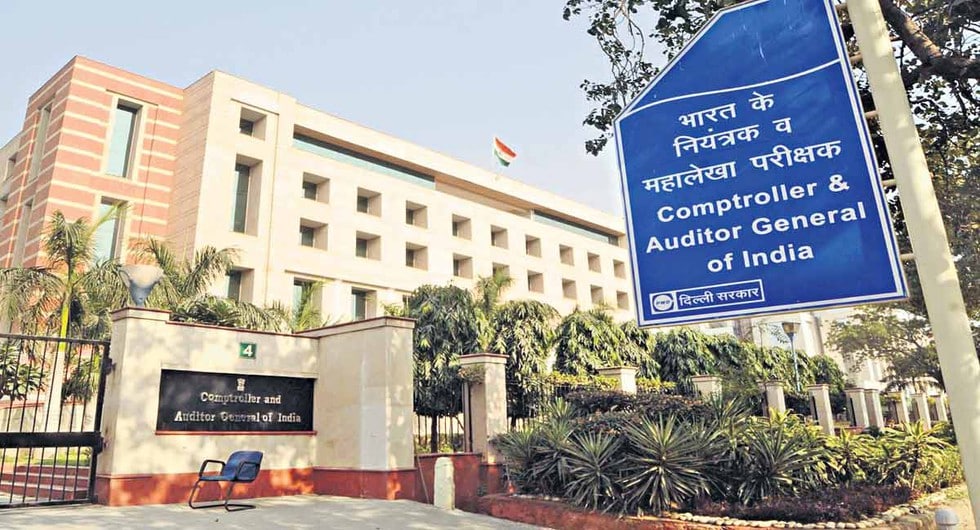
Independent audits, including those by the Comptroller and Auditor General (CAG), have repeatedly exposed the government’s failure in flood control. Contractors paid lavishly for clearing drains often do half-hearted or no work. Stormwater drainage systems remain grossly inadequate for the amount of rainfall Mumbai receives during monsoons. Natural waterways and mangroves, which act as crucial buffers and flood absorbers, are encroached upon and sacrificed for real estate projects with political backing.
Flood mitigation projects suffer from cost overruns, delays, and poor quality work far too often, feeding corruption rather than delivering results. Even emergency response mechanisms are patchy—with poor coordination among municipal agencies, state government departments, and disaster management authorities.
The Brihanmumbai Municipal Corporation (BMC): A Bureaucratic Failure
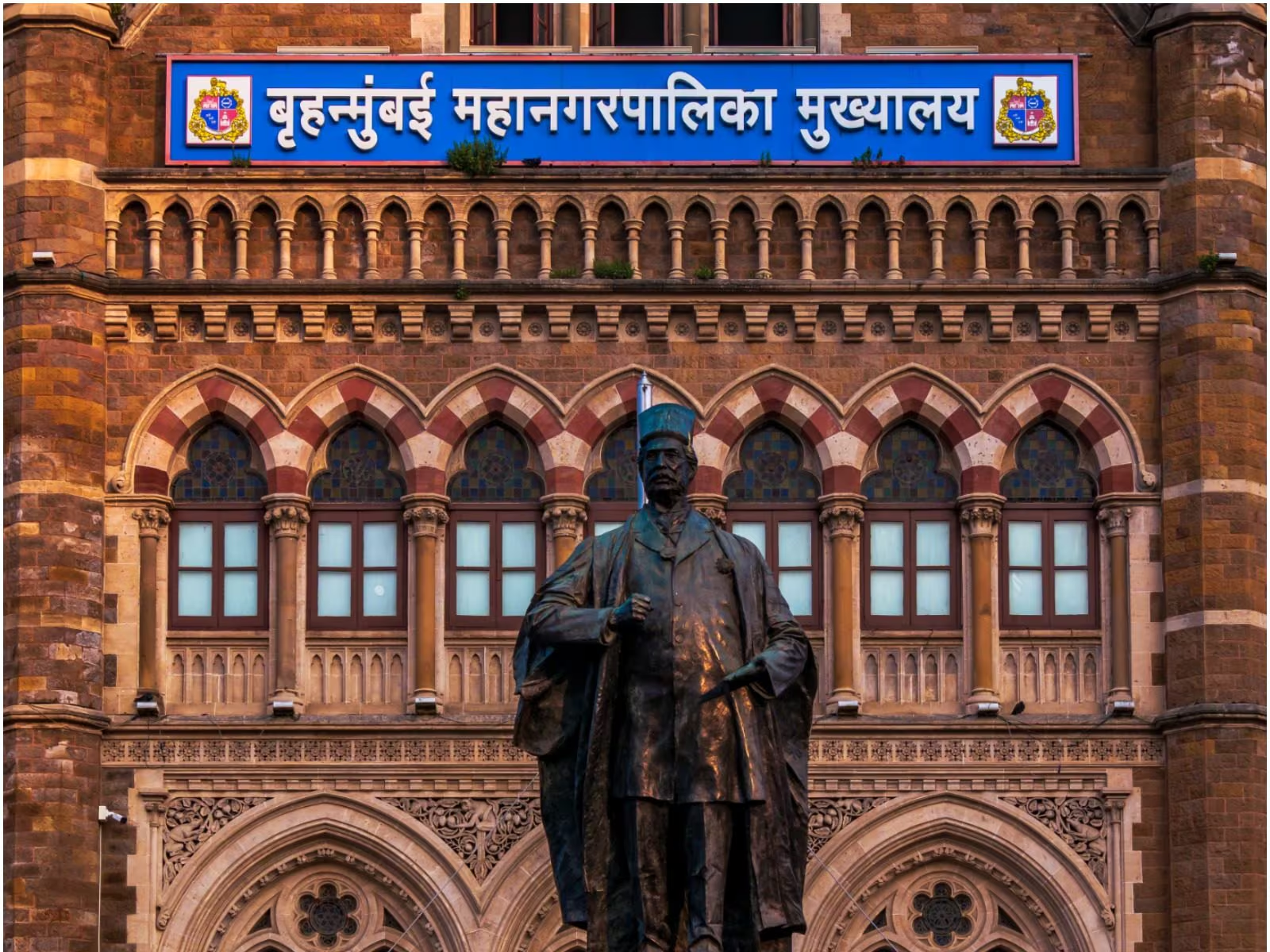
BMC, the civic agency responsible for Mumbai’s infrastructure, has consistently failed to address the city’s flooding crisis. More interested in protecting real estate interests and political patronage than serving its citizens, the BMC consistently shirks responsibility.
Every monsoon season, the BMC promises better preparations, drainage cleaning, and readiness. Yet these pledges vanish amid heavy rains, revealing the same flooded roads and stranded commuters. This lack of accountability points not to incompetence alone but to a deep-seated system of governance that prioritizes political survival and profit over people’s lives.
Roads, Railways, and Airports Shut Down—Every Year
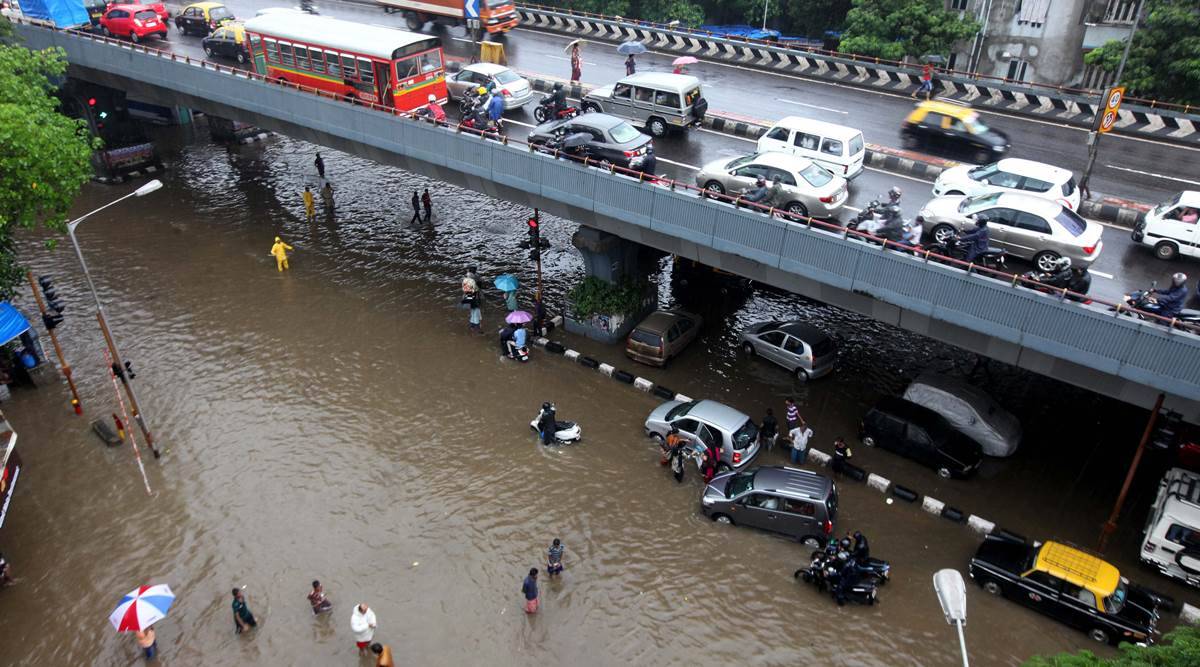
The human cost and economic disruption caused by these floods cannot be overstated. Mumbai’s transport arteries—roads, railways, a vital lifeline for millions of commuters—paralyze with waterlogging and infrastructure failures. Monorail breakdowns leave passengers trapped inside trains. Cars are abandoned mid-road, sometimes sinking completely. Flights are delayed or rerouted. Schools close, businesses halt, and the entire metropolis grinds to a halt.
A city that claims to be the financial heartbeat of India cannot afford to be rendered dysfunctional across a season or two of rain.
Neglect of Vulnerable Communities: The Real Human Tragedy
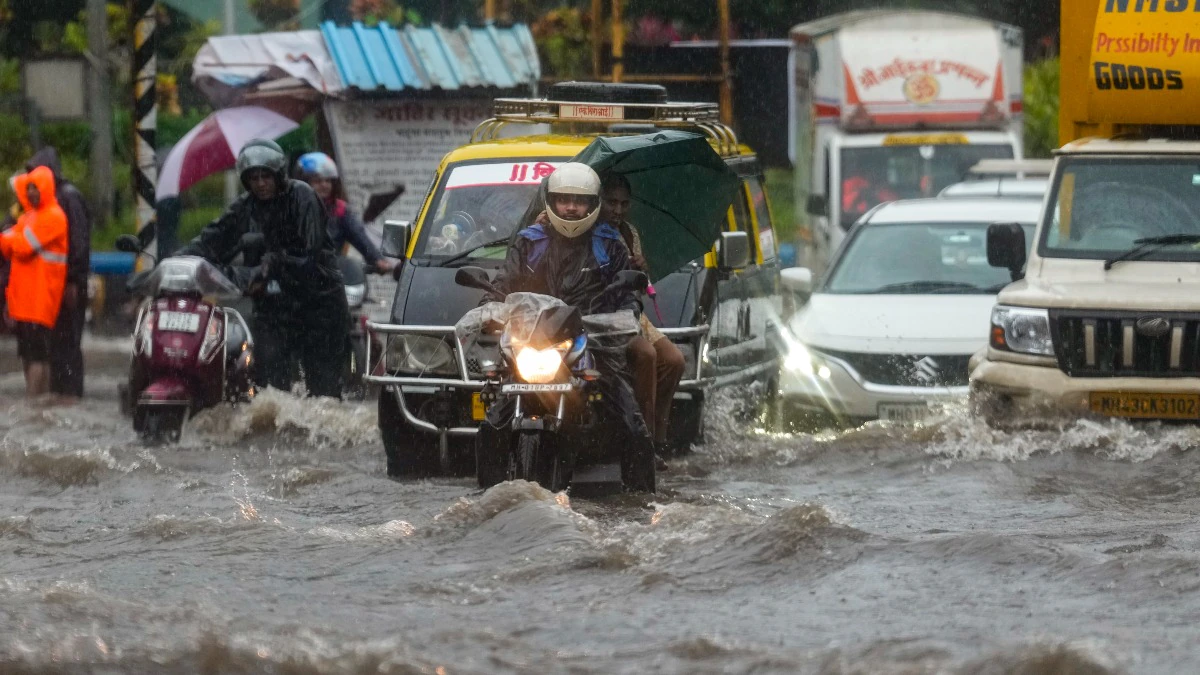
While the floods impact the affluent areas with luxury cars sinking and office-goers stranded, the worst suffering is borne by Mumbai’s marginalized populations—slum dwellers and informal settlements living in inherently unsafe zones prone to flooding. These communities have little access to proper sanitation, clean water, or timely rescue services.
Government disaster management efforts rarely prioritize these vulnerable groups, reflecting a socio-political disconnect where the rich get visible media coverage but the poor remain invisible victims of neglect.
Global Cities Show How It Should Be Done
Cities such as Rotterdam, Singapore, Tokyo, and Copenhagen exemplify how proactive, intelligent urban planning combined with political will, technological innovation, and ecological conservation can mitigate flood risks.
-
Rotterdam has invested heavily in flood management infrastructure—storm surge barriers, water plazas, and retention basins.
-
Singapore maintains an advanced drainage network complemented by monitoring systems and public awareness.
-
Tokyo’s massive underground floodwater diversion tunnels and efficient levees prevent inundation effectively.
These cities have government agencies with clear accountability and coordination, unlike Mumbai’s fragmented and politicized governance.
Recent Floods Only Confirm Age-Old Failings
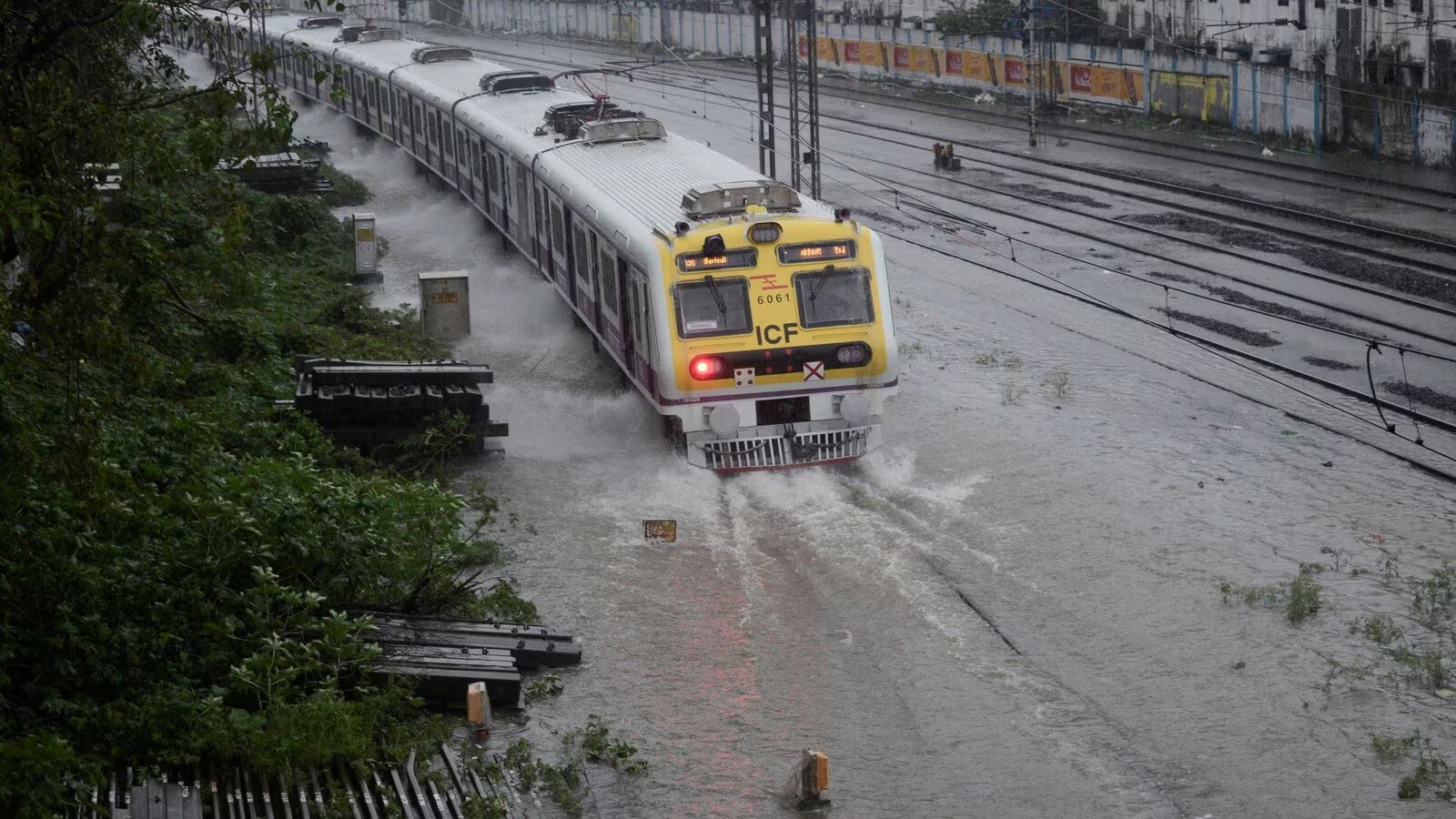
Despite new warnings each year, the 2023 and 2025 floods reinforced the same patterns. In 2023, Mumbai witnessed nearly 300 mm of rainfall in 24 hours, leading to severe flooding that shut schools, stranded commuters, and paralyzed transport. The state government and BMC, despite having months to prepare, failed spectacularly. The city flooded almost exactly the way it did in 2005, reflecting zero progress in disaster risk reduction.
Deaths, property loss, and economic disruption are compounded by delayed emergency responses and poor coordination between agencies. Relief camps and evacuations are reactive rather than preventive.
Why the Government Must Be Slammed—No More Excuses
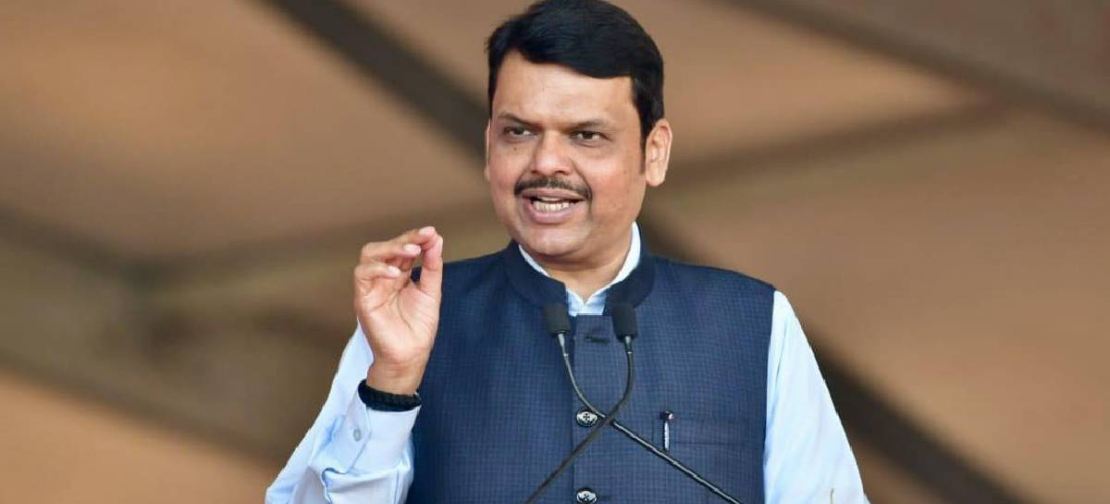
Mumbai’s flooding crisis is a national shame. It exposes a deep structural failure at multiple levels of government:
-
The state government’s inability or unwillingness to enforce tough urban planning regulations or protect critical ecological areas.
-
BMC’s failure to maintain even the existing drainage infrastructure and clear encroachments.
-
Absence of transparent, corruption-free project execution and monitoring.
-
Lack of investment in modern flood mitigation technologies and early warning systems.
-
Political complacency where public safety is sacrificed for vote-bank politics and crony capitalism.
This consistent failure smacks not just of mismanagement, but of willful negligence. Leaders and bureaucrats prioritize short-term political gains or graft opportunities at the cost of millions of lives and livelihoods.
Demand Accountability, Transparency, and Immediate Action
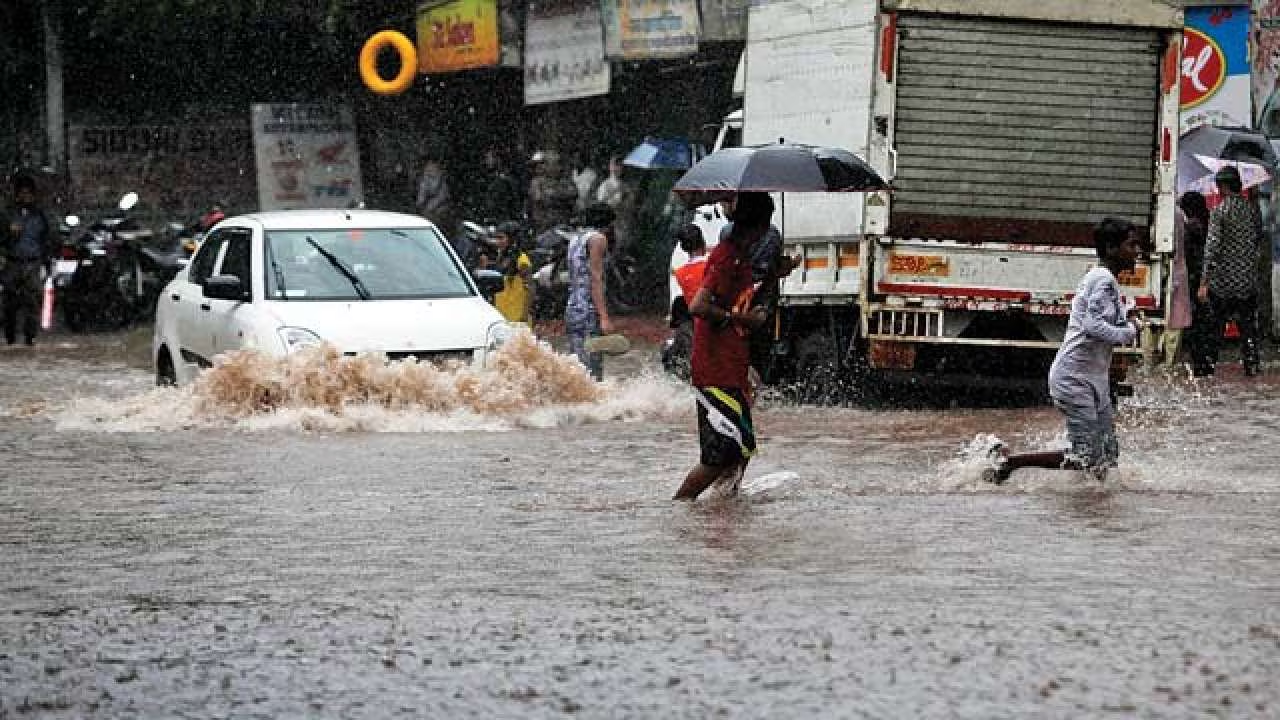
The people of Mumbai deserve better than empty promises and seasonal heartbreak. They deserve a city where infrastructure is built to withstand climate challenges, where flood control is not an afterthought but a priority, and where governance is transparent, accountable, and citizen-focused.
Mumbai’s future depends on political will to uproot corruption, enforce ecological conservation, overhaul infrastructure, and build resilient systems. Until that happens, every monsoon will bring the same tragedy—flooded streets, stranded millions, and a government that once again fails to deliver on its basic duty while blaming everything but itself.
Mumbai is drowning not just in water, but in government failure. The time for excuses is over. The time for decisive, transparent, and accountable leadership is now.
This comprehensive, strongly critical article reflects the themes and content of the video and supports it with data from recent flood events and governance reports, providing a clear, extended narrative of government failure in Mumbai flooding crisis.
With inputs from agencies
Image Source: Multiple agencies
© Copyright 2025. All Rights Reserved. Powered by Vygr Media.





